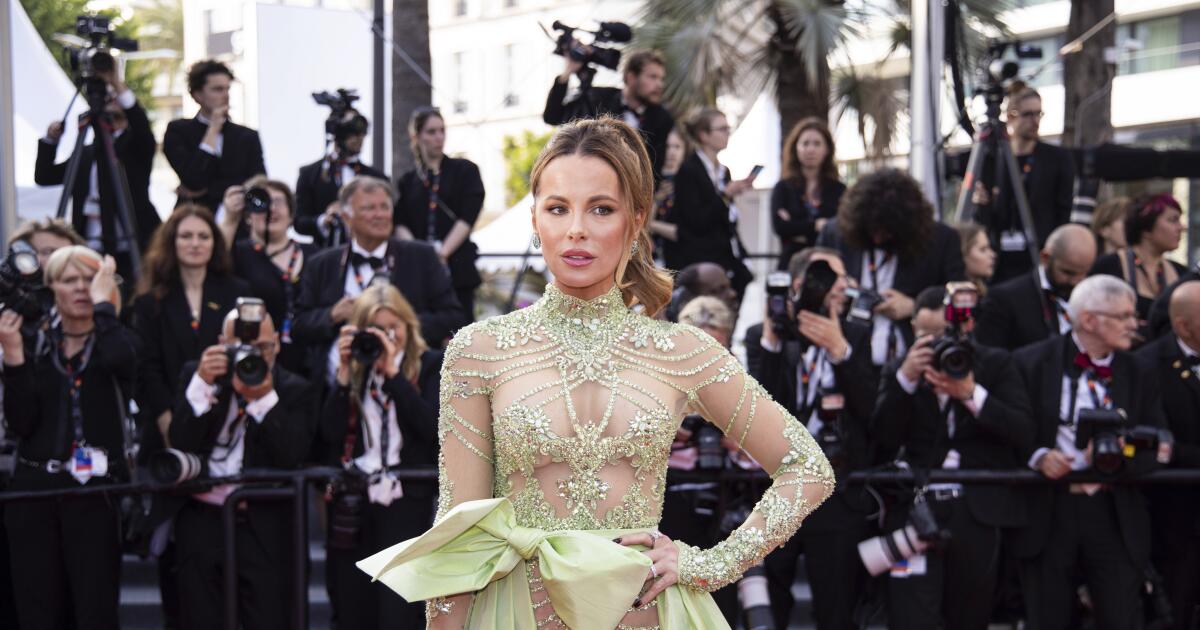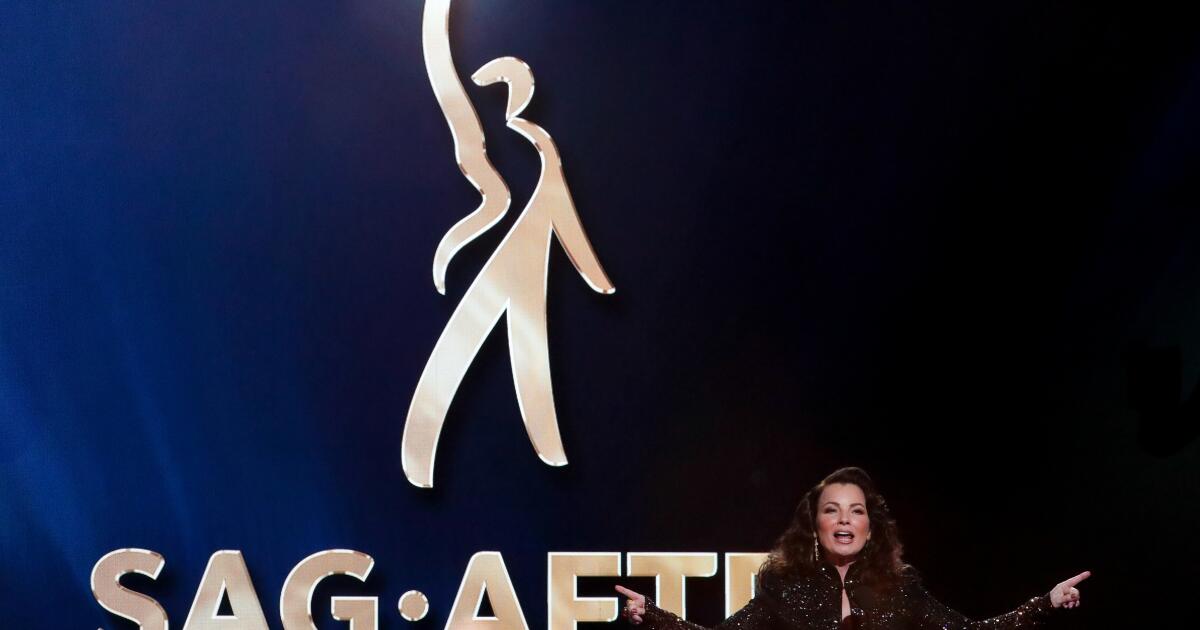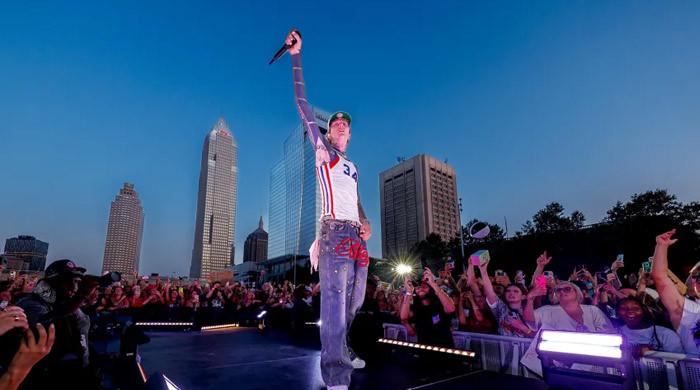Greta Gerwig, Taylor Swift and Beyoncé caused the industry to proclaim 2023 as the Year of the Woman.
Even The Times announced 2023 as the year women saved Hollywood, noting the commercial success of films like “Barbie” and the concert films “Eras” and “Renaissance.”
Yet despite the praise, Hollywood studios are still failing to translate that success into real gains in diversity. This is according to the latest findings from the University of Southern California’s Annenberg Inclusion Initiative, which found that progress in hiring women and people of color as film directors stalled last year.
Ultimately, the studio placed the blame on the hiring practices of major Hollywood studios. He also criticized studios’ promises of greater inclusion after the killing of George Floyd and the #StopAsianHate movement as “performative acts” and “not real steps to foster change.”
“One film or one director is simply not enough to create the radical change that is still needed behind the camera,” the studio states. “Until studios, executives and producers change the way they make decisions about who is qualified and available to work as directors on high-grossing films, there is little reason to believe that optimism is justified.”
The study, released Tuesday, analyzed the highest-grossing films between 2007 and 2023 and found that last year, of the 116 directors included in the study, 12.1% were women. This is a slight advance compared to 2022, when 9% of the highest-earning directors were women.
Women of color fared even worse, making up just 3.4% of top-earning directors in 2023. They are few to count on one hand: Adele Lim, “Joy Ride”; Celine Song, “Past Lives”; Fawn Veerasunthorn, “Desire”; and Nia DaCosta, “The Marvels,” who was the only black director to make the list. However, that was still a slight increase from the 2.7% seen in the 2022 study.
And for directors from underrepresented racial and ethnic groups across the board, including Black, Latino and Asian creators, a similar story plays out. In 2023, less than a quarter of directors were from underrepresented racial/ethnic groups. This is consistent with about 20% of directors in 2022 being people of color and several steps back from 2021, which saw nearly 30%.
The study’s authors, USC professors Stacy Smith, founder of the initiative, and Katherine Pieper, director of the program, highlighted the root causes of this lack of progress.
“For companies and industry members who want to believe that the director problem is solved, it is not even close to being solved,” Smith said in a statement announcing the study. “To see real progress, the process for making hiring decisions must change and the reasons why women and people of color still face barriers must be addressed.”
Obstacles cited by the study’s authors include a lack of access to money to fund projects, resulting in a lack of work samples to show to studios they are hiring. Suggested solutions included activism calling for fair hiring and for studios to simply change their hiring practices from within.
The study urged studios to have more diversified rosters when hiring projects, getting rid of the idea that a film with a white male lead needs a white director, as well as the idea that hiring a woman or person of color to Direct a film is still a “risk.”
“When the entertainment industry thinks of directors, it still thinks of men,” the authors said. “In particular, they think of white men.”
Times staff writers Tracy Brown, Greg Braxton and Meg James contributed to this report.












